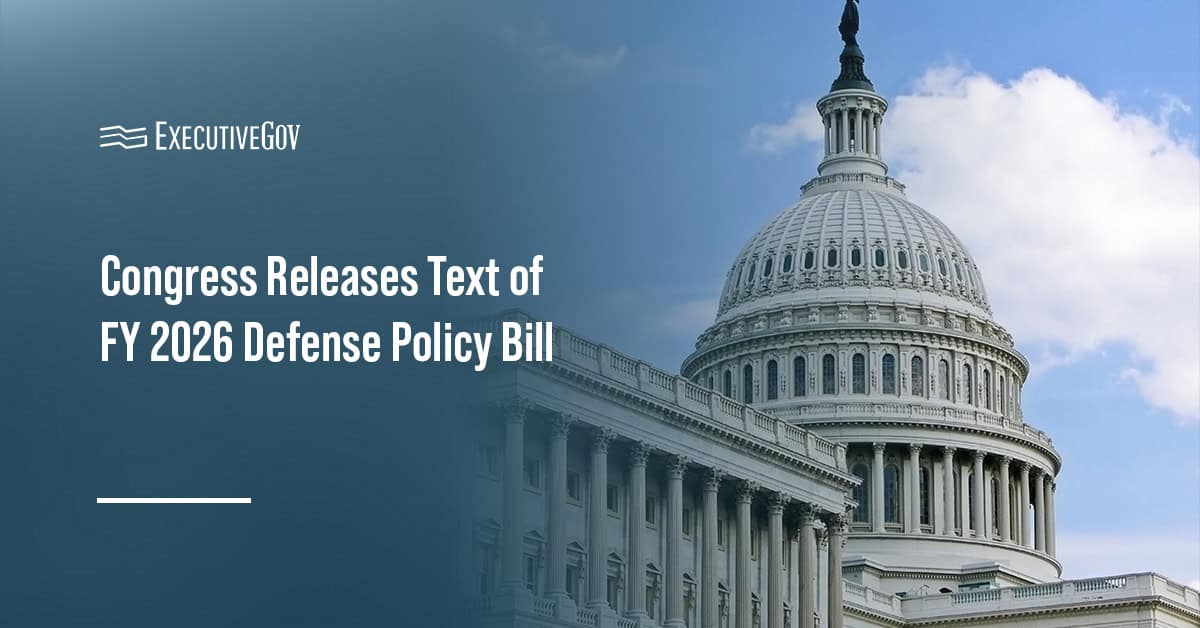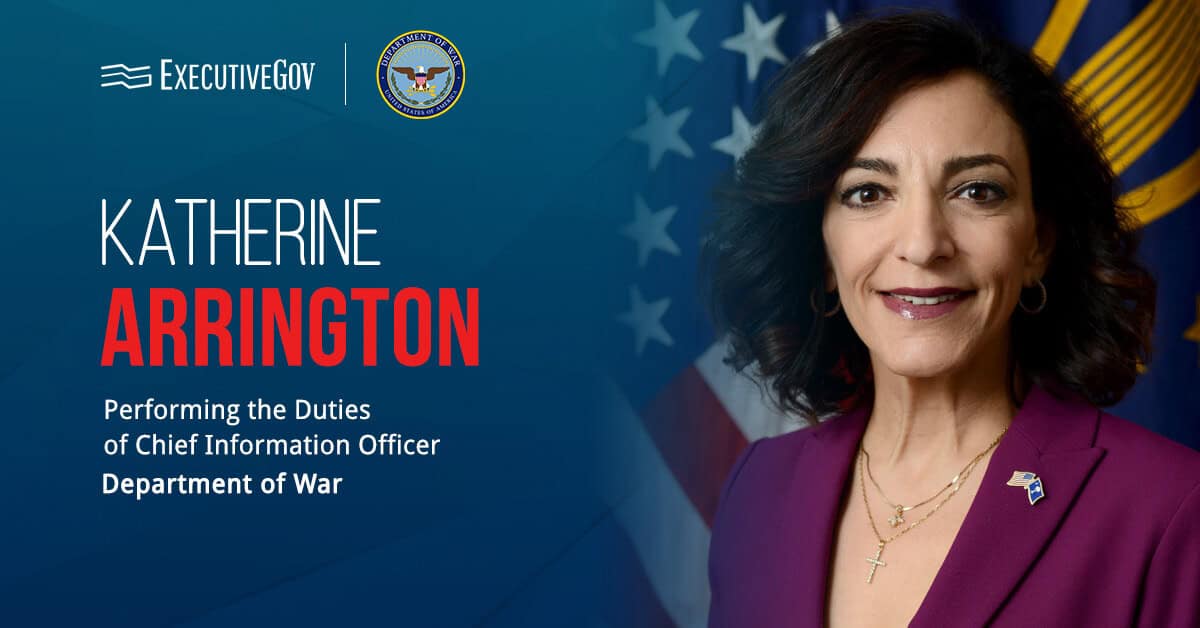NASA is transporting its Space Launch System to its launch pad at Kennedy Space Center in Florida following the completion of final tests of the rocket’s flight termination system, TechCrunch reported.
The SLS rocket is set to launch on Aug. 29 for its first mission to space, called Artemis I, to test the Lockheed Martin-built Orion exploration spacecraft that will carry astronauts to the moon and deep space.
Artemis I is the first in a series of planned missions that will enable human exploration in space. During the mission, the Orion capsule will orbit the moon before conducting a splashdown back on Earth.
NASA has backup launches on Sept. 2 and 5 for Artemis I.
The agency worked with defense and aerospace company Boeing on the development of the SLS rocket. The team completed the majority of outfitting efforts for the spacecraft’s core stage engine section in 2019.





